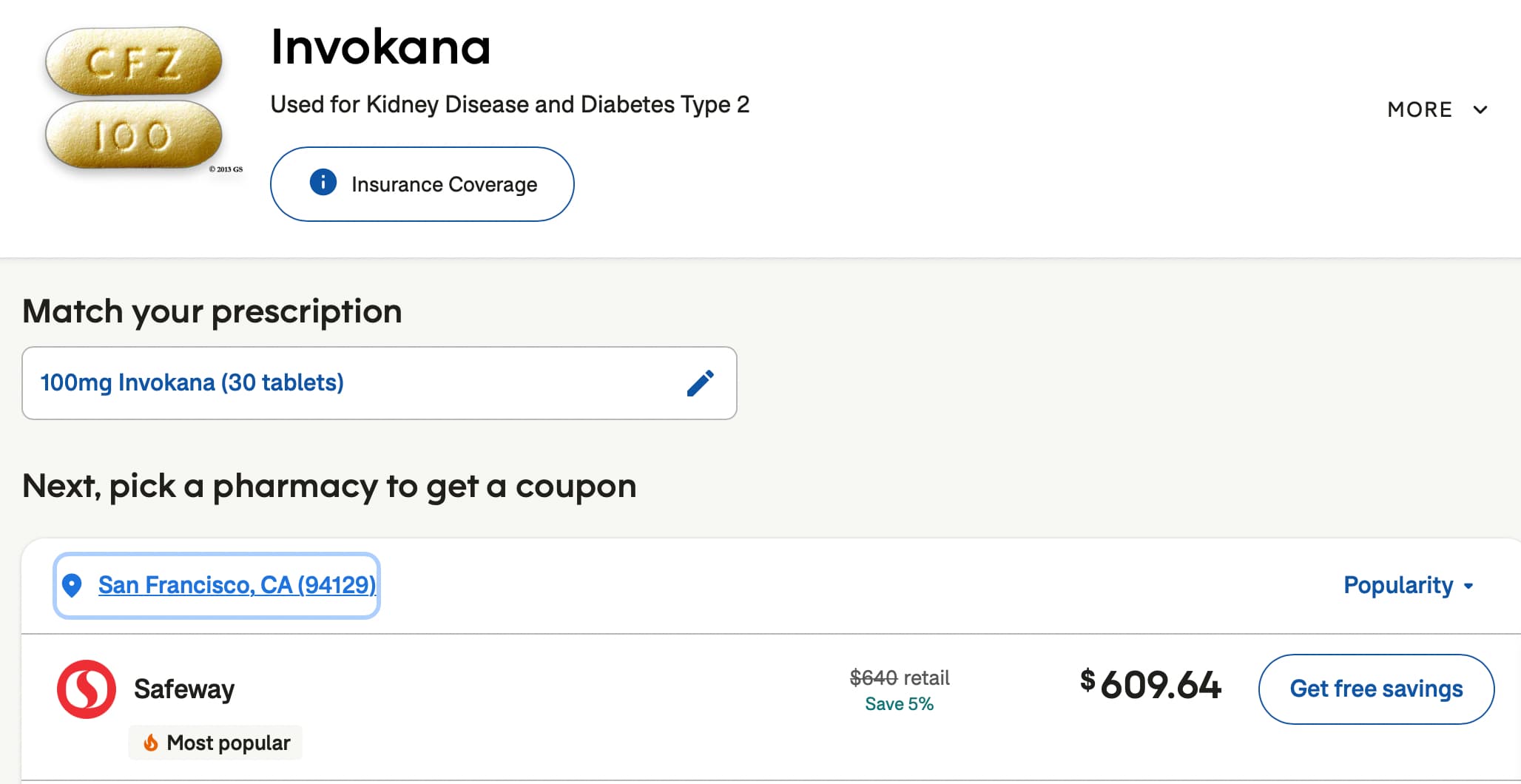Here are the high-quality sources I found, starting with the most recent ones:
Evaluating the Safety of Sodium-Glucose Cotransporter-2 Inhibitors in a Nationwide Veterans Health Administration Observational Cohort Study, The American Journal of Cardiology, 2023
The use of SGLT-2 inhibitors, compared with GLP-1RA, was not associated with an increased rate of any amputation (aHR 1.02, 95% confidence interval [CI] 0.82 to 1.27), BKA (aHR 1.05, 95% CI 0.84 to 1.32), all clinical fractures (aHR 0.94, 95% CI 0.86 to 1.03), hip fractures (aHR 0.82, 95% CI 0.50 to 1.32), DKA (aHR 1.66, 95% CI 0.97 to 2.85), VTE (aHR 1.02, 95% CI 0.80 to 1.30), acute pancreatitis (aHR 1.02, 95% CI 0.80 to 1.30), and Fournier gangrene (aHR 0.92 95% CI 0.61 to 1.38). Lower rates of serious UTIs were observed in the SGLT-2i group than in the GLP-1RA group (aHR 0.74, 95% CI 0.64 to 0.84). This real-world study found that SGLT-2i use compared with GLP-1RA did not increase the rate of amputation, BKA, clinical fractures, hip fracture, Fournier gangrene, acute pancreatitis, DKA, serious UTIs, and VTE in veteran patients.
Improved Fournier’s Gangrene Outcomes With Prior SGLT2i Or Metformin Usage, Journal of the Endocrine Society, 2023
Interestingly, multiple studies have found no significantly increased risk of FG with SGLT2i use. However, these studies have very large confidence intervals due to the rarity of the observed event. […] The use of SGLT2i does not appear to worsen the clinical course or outcome of FG and may actually improve it based on our data showing decreased ICU admissions and length of stay.
Sodium–Glucose Cotransporter 2 Inhibitor Use Associated With Fournier’s Gangrene: A Review of Case Reports and Spontaneous Post-Marketing Cases, American Diabetes Association, 2022
Although FG is rare, the mortality rate is as high as 88% in some cases. Therefore, patients with preexisting risk factors require careful monitoring to preemptively evaluate signs and symptoms for the development of urinary tract infections and genital infections, especially in patients who are immunocompromised. […] Of the 491 cases included for review, 162 were reported with canagliflozin, 101 cases with dapagliflozin, 223 cases with empagliflozin, and 5 cases with ertugliflozin. The low number of cases associated with ertugliflozin may be attributed to the fact that it was a latecomer to the U.S. market, having been approved by the FDA in 2017 (8). Although results from the FAERS database depict a higher incidence of FG associated with empagliflozin, correlations regarding differences among the SGLT2 inhibitors remain inconclusive because of unknown prescribing patterns and unreliability of FAERS data. […] Diabetes is one of the most common risk factors for development of FG, along with obesity, chronic renal failure, cirrhosis, and impaired host defense (e.g., malignancy or AIDS). When coupled with local trauma such as perineal surgery, periurethral urine leak, or other iatrogenic causes, there is a higher susceptibility for development of FG, especially among males and older patients
=> What about concomitant rapa use?
Adverse Event of INVOKANA – Fournier’s Gangrene Associated with SGLT2 Inhibitors, Janssen, 2022
Predisposing conditions include diabetes, alcohol abuse, obesity, chronic kidney disease, congestive heart failure, severe sepsis, coagulopathy, cirrhosis, trauma to the genital area, steroid use, chemotherapy, human immunodeficiency virus (HIV), malignant neoplasms, and low socioeconomic status.
Fournier’s gangrene and sodium-glucose co-transporter-2 inhibitors: A meta-analysis of randomized controlled trials, Diabetes, Obesity and Metabolism, 2019
We retrieved 84 trials enrolling 42 415 patients in the SGLT2i group and 27 158 patients in comparator groups. No difference was observed between SGLT2i and comparators in the risk of FG (Mantel-Haenzel odds ratio [MH-OR] 0.41 [0.09, 1.82]), abscess (MH-OR 0.94 [0.54, 1.65]), cellulitis (MH-OR 0.90 [0.71, 1.13] or erysipela (MH-OR 0.89 [0.45, 1.77]). The number of events was small, leading to a wide confidence interval that does not allow ruling out an increase in FG or skin and subcutaneous tissue infections.
Association of Sodium-Glucose Cotransporter 2 Inhibitor Treatment With Risk of Hospitalization for Fournier Gangrene Among Men, American Medical Association, 2019
Among 138 158 SGLT-2 inhibitor users, there were 13 cases of hospitalization for Fournier gangrene (unadjusted incidence rate, 15.0 per 100 000 person-years) compared with 24 cases (unadjusted incidence rate, 9.7 per 100 000 person-years) among 360 685 DPP-4 inhibitor users, corresponding to an adjusted rate difference of 6.7 excess hospitalizations per 100 000 person-years (95% CI, –2.8 to 16.1 per 100 000 person-years) and an adjusted hazard ratio of 1.73 (95% CI, 0.87-3.42) […] In this study, Fournier gangrene occurred rarely among patients initiating treatments for type 2 diabetes. Among those men initiating use of an SGLT-2 inhibitor, the study found a potential increase of approximately 1 case per 10 000 men treated, but this increase was not statistically significant.
FDA warns about rare occurrences of a serious infection of the genital area with SGLT2 inhibitors for diabetes, FDA, 2018
Fournier’s gangrene is an extremely rare but life-threatening bacterial infection of the tissue under the skin that surrounds muscles, nerves, fat, and blood vessels of the perineum. […] In the five years from March 2013 to May 2018, we identified 12 cases of Fournier’s gangrene in patients taking an SGLT2 inhibitor. This number includes only reports submitted to FDA* and found in the medical literature, so there may be additional cases about which we are unaware. In 2017, an estimated 1.7 million patients received a dispensed prescription for an SGLT2 inhibitor from U.S. outpatient retail pharmacies.
Based on the above evidence, this paper concluded: “For nondiabetic individuals, SGLT2i therapy virtually never causes ketoacidosis, lower limb amputation or Fournier’s gangrene.” => Looks like a sensible conclusion to me.
![]()
